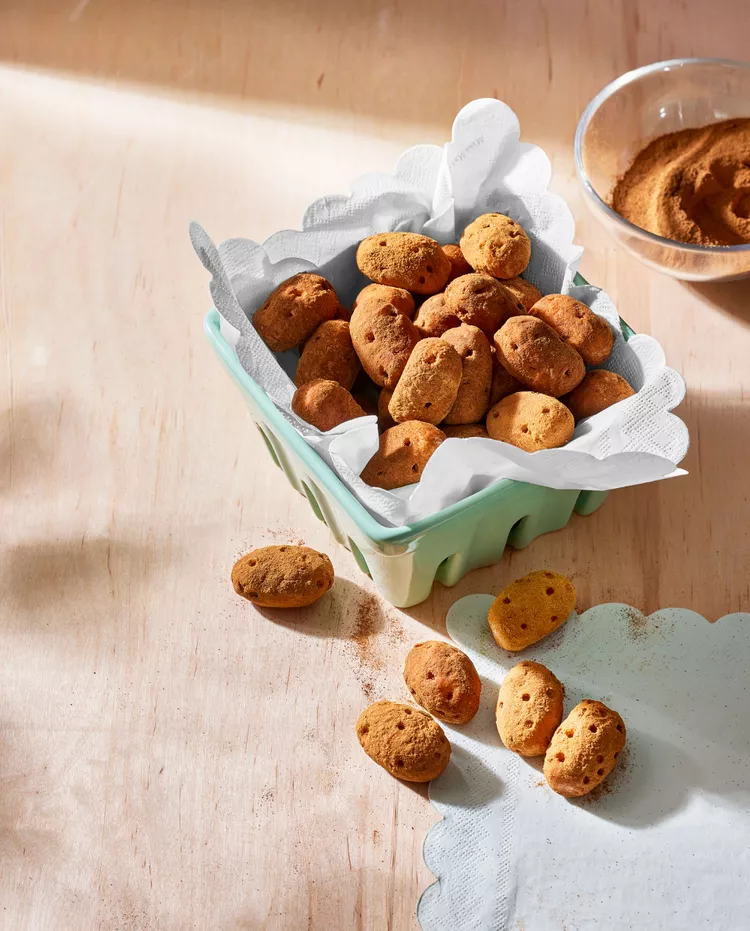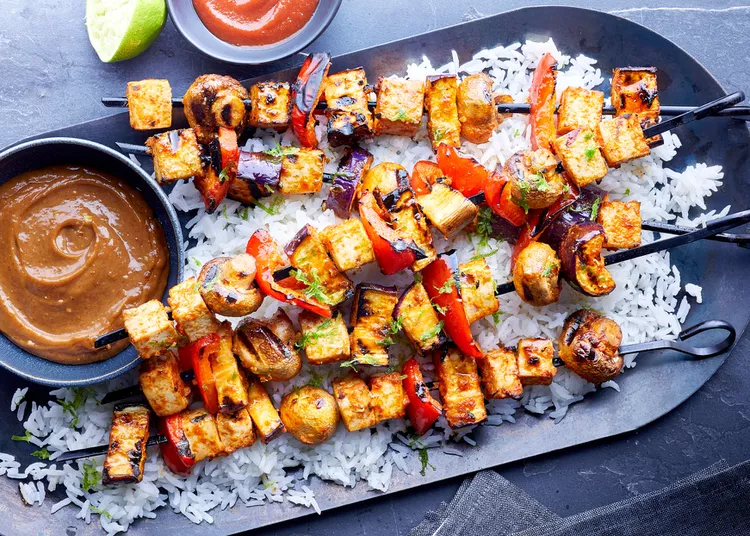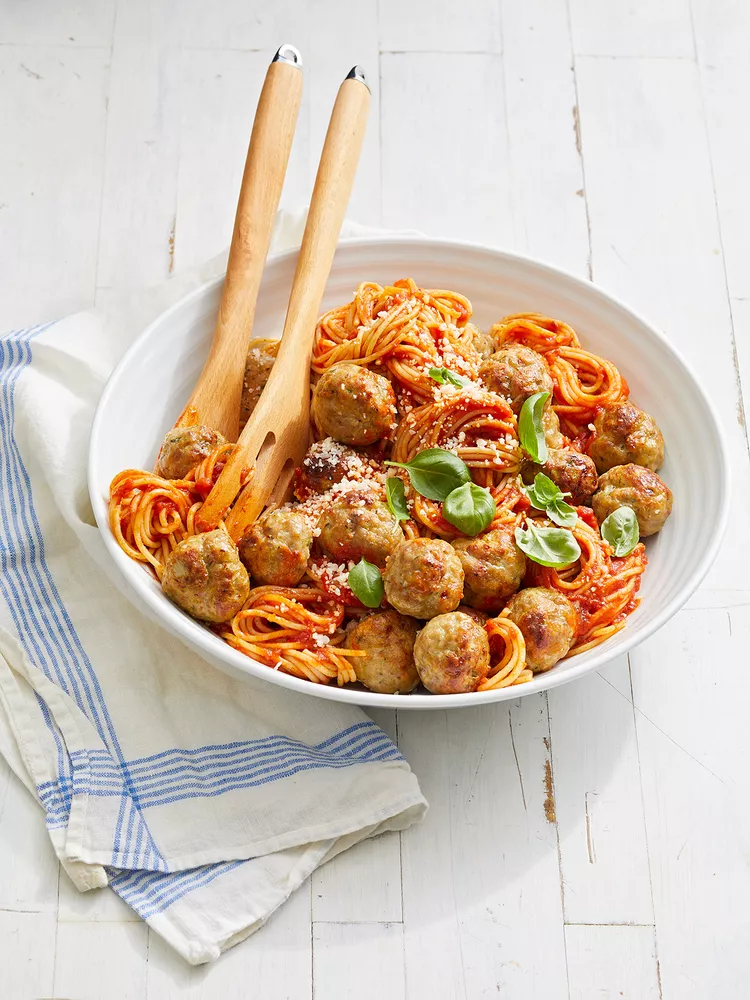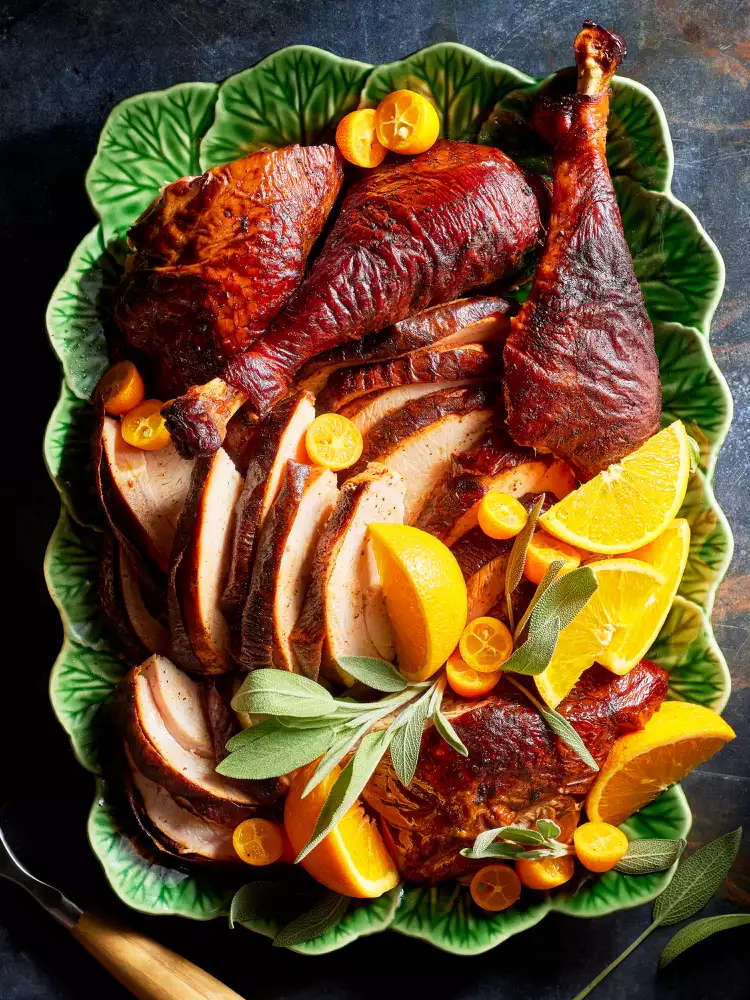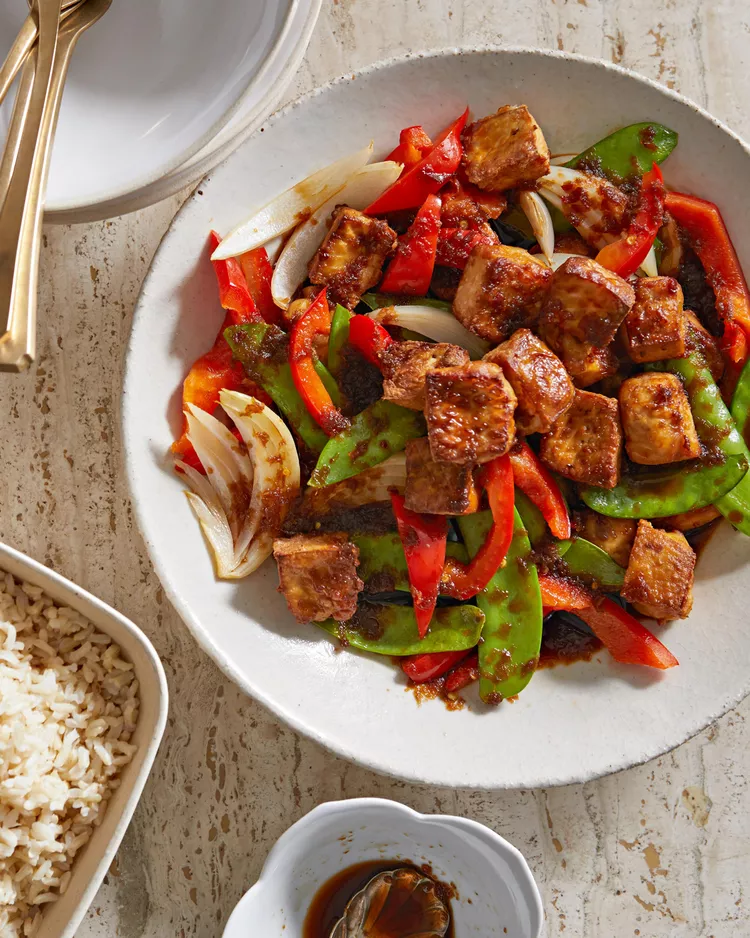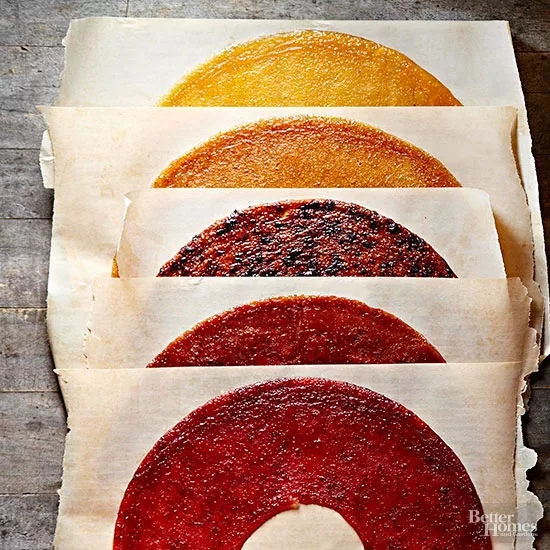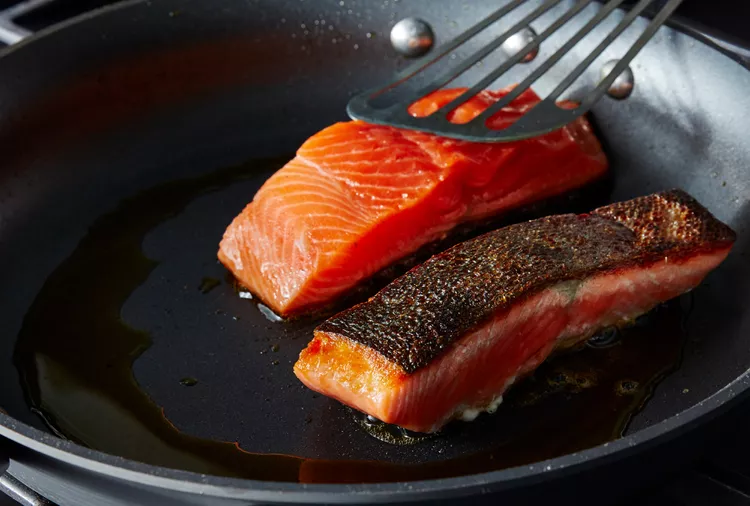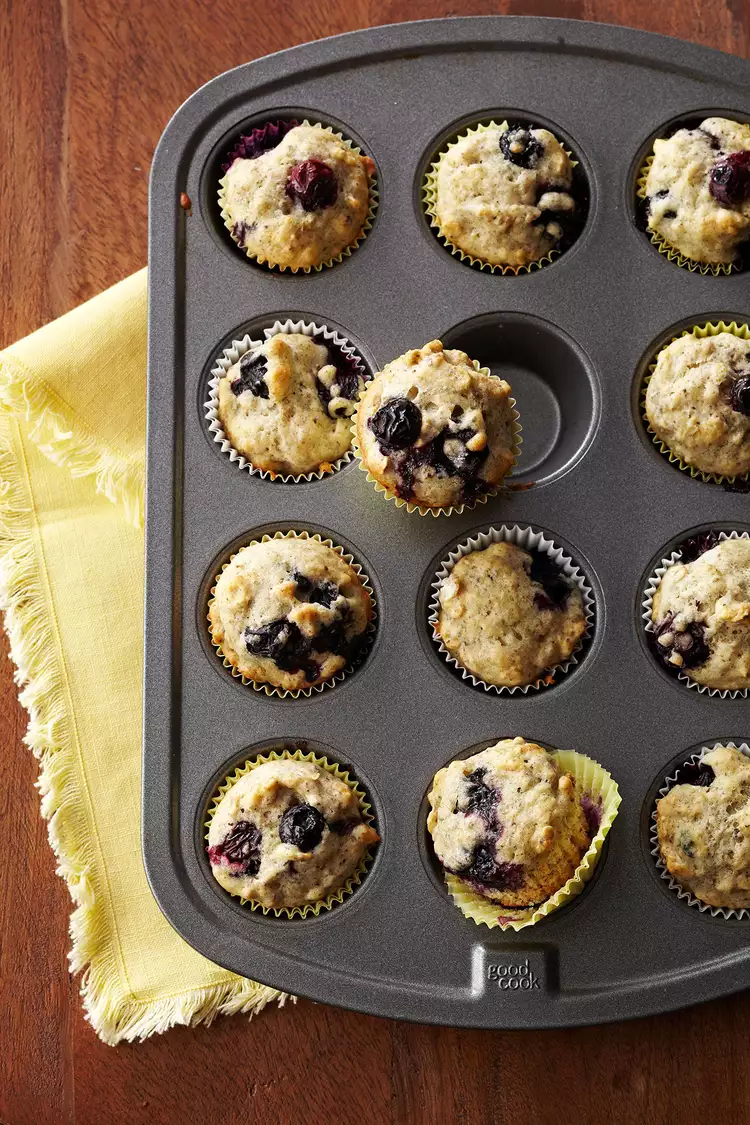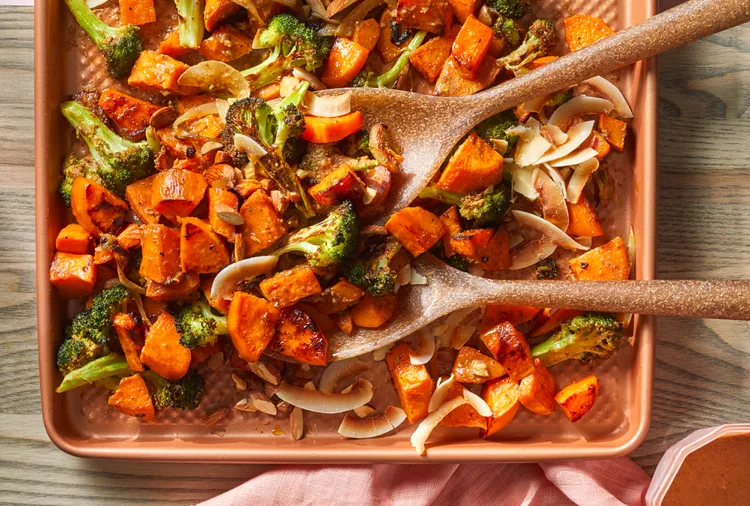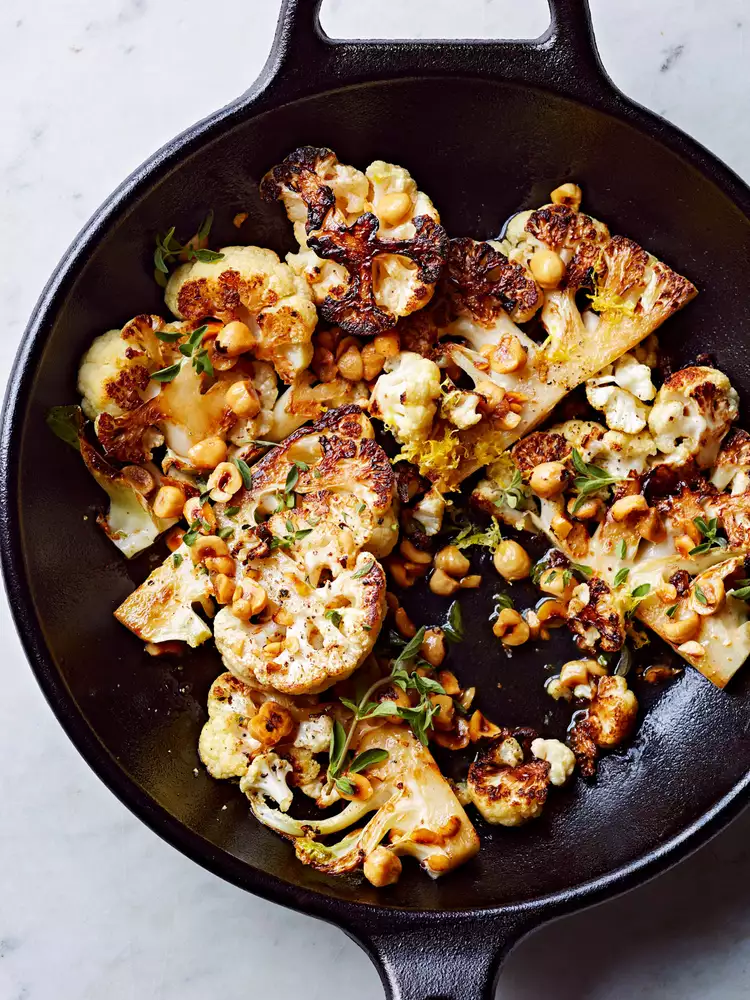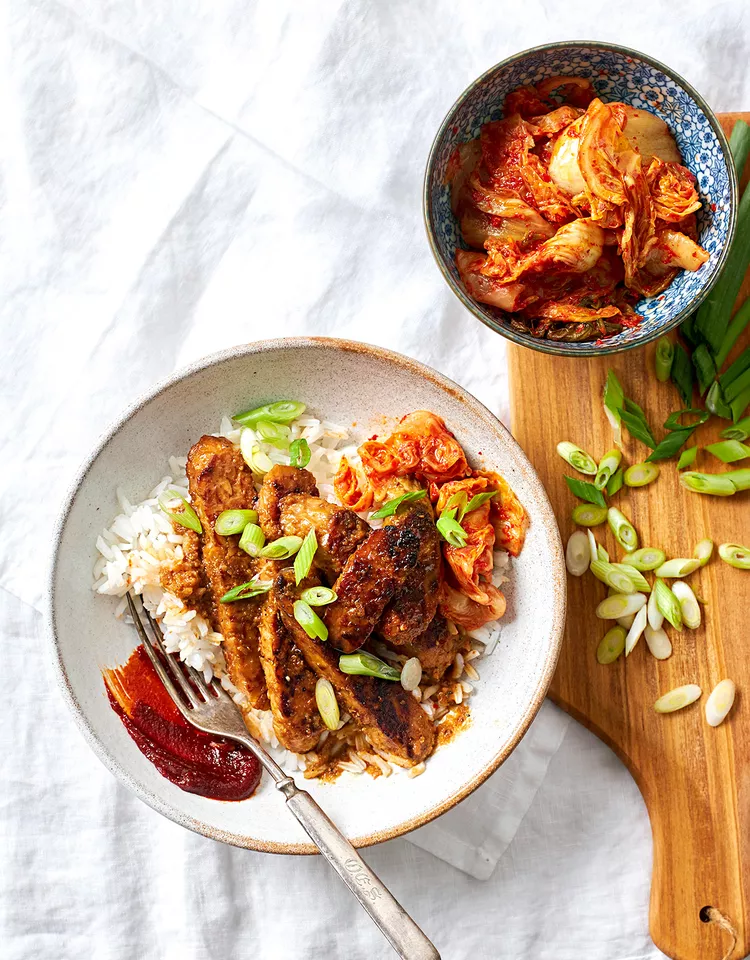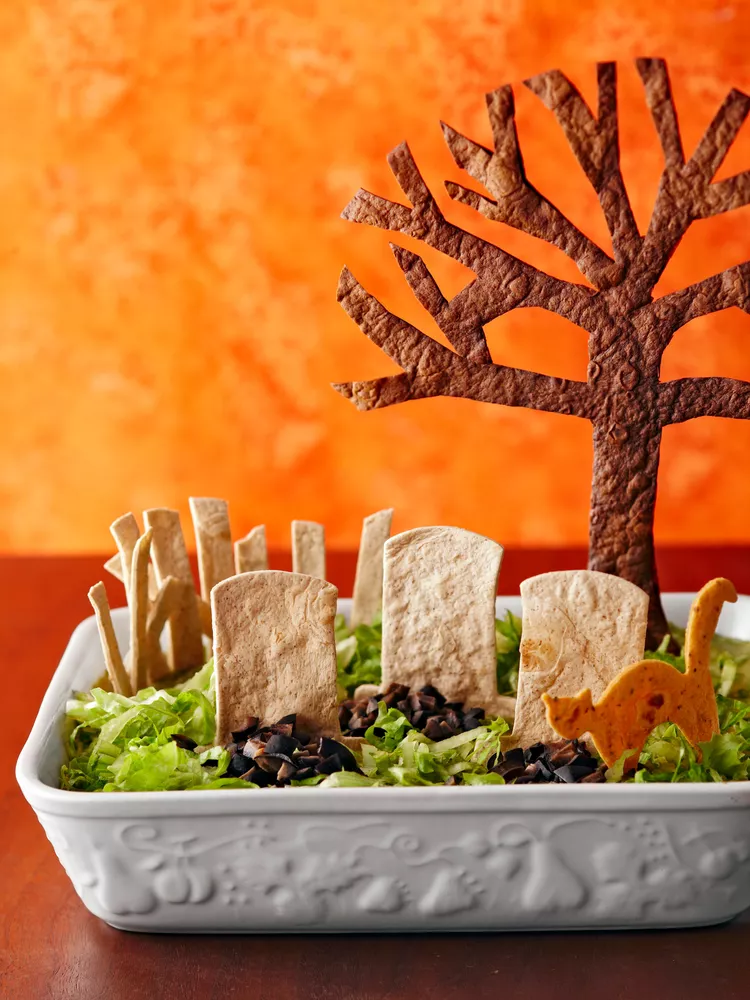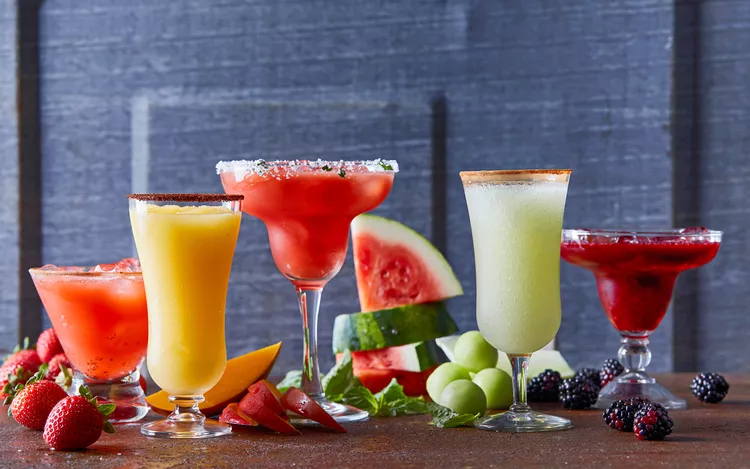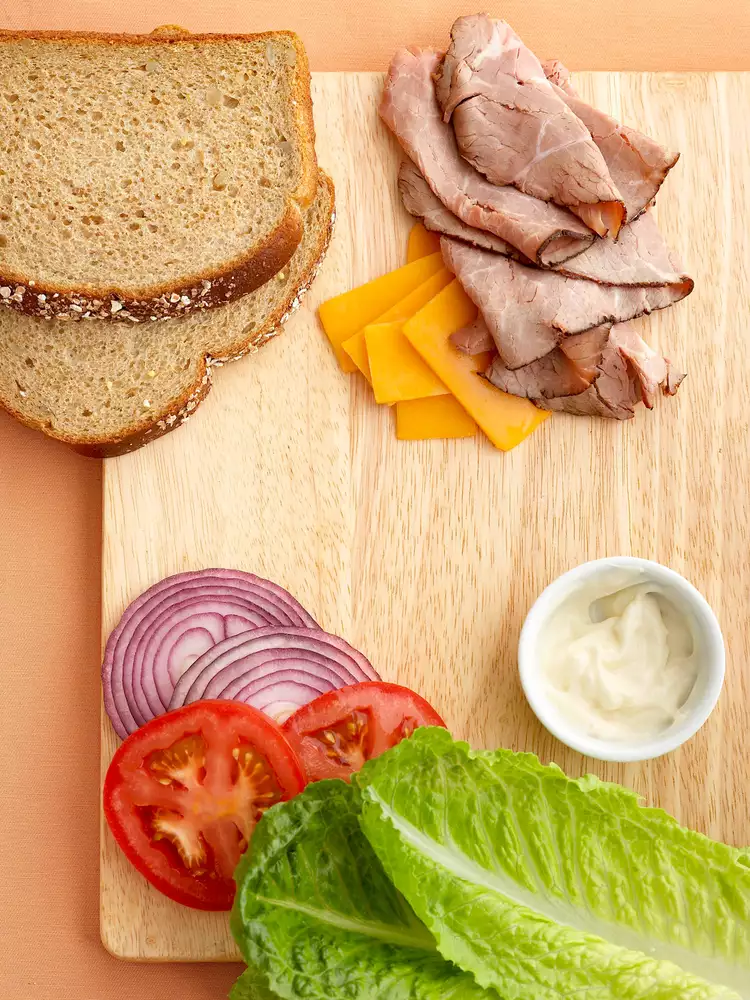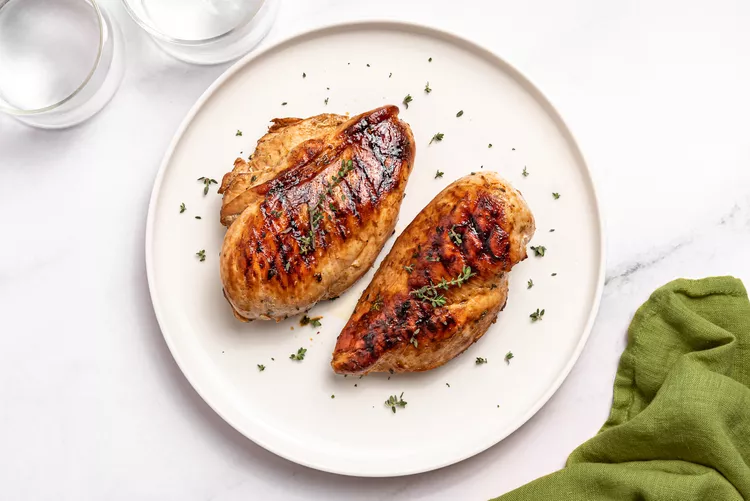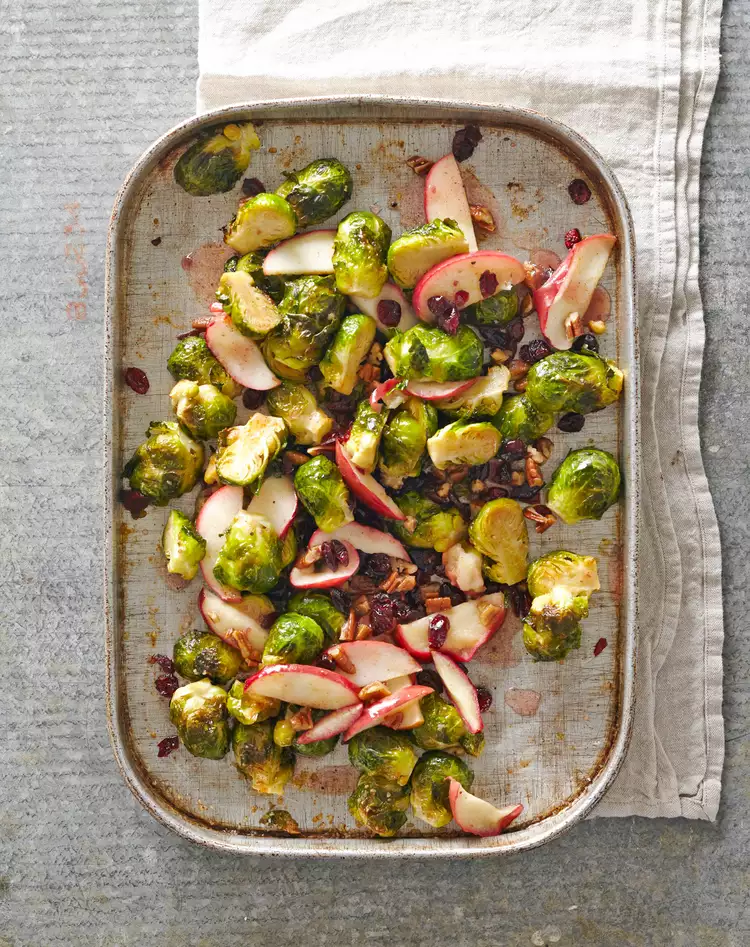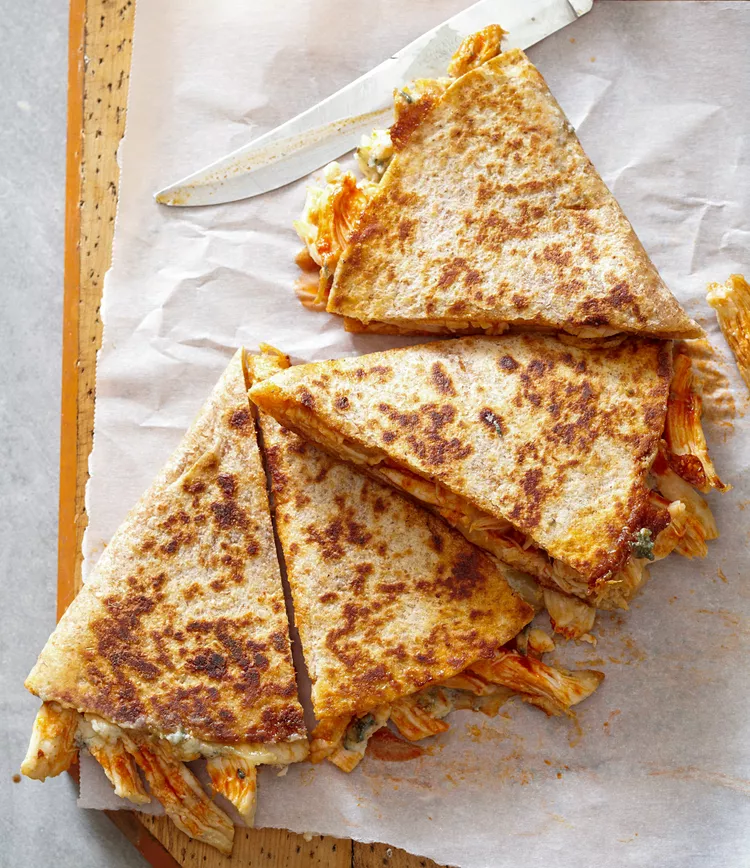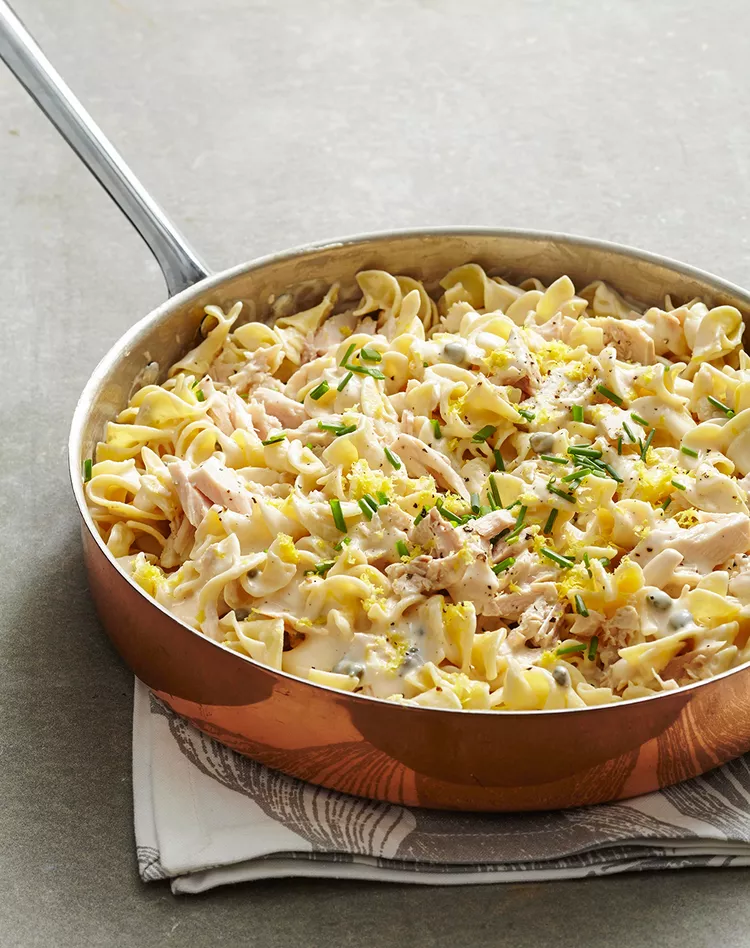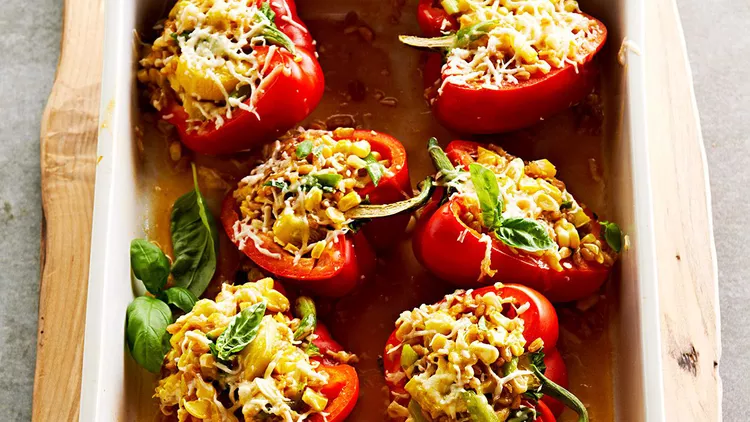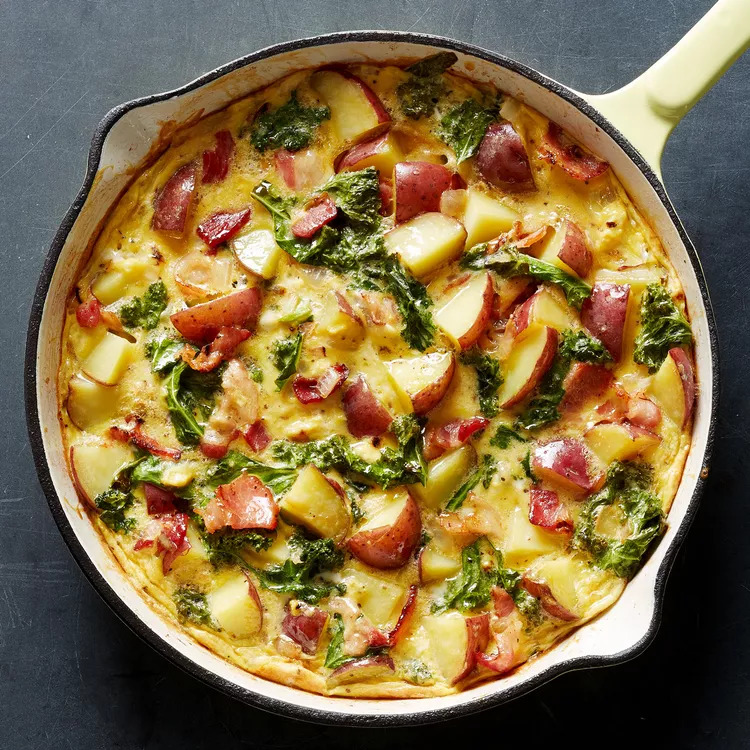I ate my first Irish potato in a dorm laundry room at Bryn Mawr College in Pennsylvania. Our beloved housekeeper, Darlene, extended the box insistently with an incredulous, “You’ve never had an Irish potato, hon?” In one mouthful she introduced me to the homey candy that are a regional St. Patrick's Day tradition. Learn more about the dessert and get our recipe for Irish potato candy.
What Is Irish Potato Candy?
Not to be confused with peanut butter-swirled potato candy, Irish potatoes, as they're often shorthanded, are bite-size confections with a fluffy, creamy texture. They are typically made from a no-cook mixture of coconut, sugar, butter and, often, cream cheese. Shaped into charmingly lumpy nuggets and rolled in cinnamon until brown and dusty outside and white inside, they bear an uncanny resemblance to miniature russet potatoes. Some recipes even call for pine nut “eyes.”
Like any regional dish, the recipe varies slightly from family to family. Some people skip the addition of cream cheese. Others use unsweetened cocoa in addition to (or as a replacement for) the cinnamon. My partner’s Aunt Pat even leaves out the coconut for those who dislike it.
Though I’ve heard anecdotally about versions that do include some mashed potato, I personally have never encountered one made that way in the two decades since I ate that one in the dorm laundry room. The general consensus is that Irish potato candies comprise a sweet, creamy base, coconut, and cinnamon.
History of Irish Potato Candy
Despite the name, Irish potato candies don’t have origins in Ireland. They were invented by Irish immigrants in Philadelphia—a candy-making capital in the early 20th century—likely in the 1800s or early 1900s, a time when the city was experiencing a huge influx of Irish immigrants.
Though the original recipe can’t be attributed to a single maker, a 1911 cookbook includes a recipe similar to the ones still used today to celebrate St. Patrick’s Day.
They remain a delightful regional tradition often made at home and by candymakers and are sold seasonally in candy shops and grocery stores. While Philadelphia is definitely their home turf, the tradition has dispersed throughout the Mid Atlantic region. They’ve been adopted in Amish and Mennonite bakeries.
Irish Potato Candy Ingredients
Like any regional dish, the recipe for Irish potato candy varies from family to family, but the creamy base is very similar in composition to American buttercream or softened butter and powdered sugar beaten together until fluffy. I most often use salted butter and even add a pinch of salt to help round out the flavor.
Many Irish potato candy recipes, mine included, incorporate cream cheese. I appreciate how the tartness of the cheese balances out the intense sweetness from the powdered sugar and contributes a fudgy texture.
Coconut in this case is sweetened, flaked coconut, sometimes called angel flake. It’s sold in bags in the baking aisle and has a soft, almost squashy texture. Desiccated coconut, the fine dry coconut with a confetti texture you’ll sometimes find in bulk bins, is not what I would typically use for this recipe. Because it has a dryer texture it will pull moisture from the cheese-butter mixture, so the resulting candy might wind up dry and crumbly.
How to Store Irish Potato Candy
Place the Irish candy potatoes in refrigerator in an airtight container up to 2 months or label and freeze up to 6 months.
Ingredients
-
8-oz.-pkg. cream cheese, softened
-
1 cup butter, softened
-
7 oz. pkg. shredded sweetened coconut
-
1 tsp vanilla
-
1 pinch salt
-
2 lbs powdered sugar
-
1/3 cup ground cinnamon
Directions
-
In a large bowl beat cream cheese and butter with an electric mixer 30 seconds. Add coconut, vanilla, and salt. Beat until combined. Gradually beat in powdered sugar until combined.
-
Divide mixture into 1-inch balls (a #60 scoop is helpful for this). Place on a waxed-paper-lined baking sheet.
-
Chill 15 minutes or until firm enough to form into oblong shapes reminiscent of russet potatoes. Roll each one in cinnamon. (Or shape and thoroughly chill until firm. Add the cinnamon to a large resealable bag and, in batches, toss candies in cinnamon until coated.)
-
Chill again until firm, about 1 hour. If you like, use a wooden chopstick to press a few “eyes” into each potato. Bring to room temperature to serve. Makes 100 “potato” candies.
Nutrition Facts (per serving)
| 70 | Calories |
| 3g | Fat |
| 11g | Carbs |
| 0g | Protein |
| Nutrition Facts | |
|---|---|
| Servings Per Recipe 100 | |
| Calories 69.7 | |
| % Daily Value * | |
| Total Fat 3.2g | 4% |
| Saturated Fat 2.1g | 11% |
| Cholesterol 7.2mg | 2% |
| Sodium 28.9mg | 1% |
| Total Carbohydrate 10.5g | 4% |
| Dietary Fiber 0.4g | 1% |
| Total Sugars 9.7g | |
| Protein 0.2g | 0% |
| Vitamin D 0mcg | 0% |
| Vitamin C 0mg | 0% |
| Calcium 7.2mg | 1% |
| Iron 0.1mg | 0% |
| Potassium 12.7mg | 0% |
| Fatty acids, total trans 0.1g | |
| Vitamin D 0IU | |
| Alanine 0g | |
| Arginine 0g | |
| Ash 0.1g | |
| Aspartic acid 0g | |
| Caffeine 0mg | |
| Carotene, alpha 0mcg | |
| Choline, total 1.5mg | |
| Copper, Cu 0mg | |
| Cystine 0g | |
| Energy 291.6kJ | |
| Fluoride, F 0.1mcg | |
| Folate, total 0.4mcg | |
| Glutamic acid 0.1g | |
| Glycine 0g | |
| Histidine 0g | |
| Isoleucine 0g | |
| Leucine 0g | |
| Lysine 0g | |
| Methionine 0g | |
| Magnesium, Mg 1.5mg | |
| Manganese, Mn 0.1mg | |
| Niacin 0mg | |
| Phosphorus, P 5.2mg | |
| Pantothenic acid 0mg | |
| Phenylalanine 0g | |
| Phytosterols 0.1mg | |
| Proline 0g | |
| Retinol 22.1mcg | |
| Selenium, Se 0.6mcg | |
| Serine 0g | |
| Starch 0.1g | |
| Theobromine 0mg | |
| Threonine 0g | |
| Vitamin E (alpha-tocopherol) 0.1mg | |
| Tryptophan 0g | |
| Tyrosine 0g | |
| Valine 0g | |
| Vitamin A, IU 83.1IU | |
| Vitamin A, RAE 22.6mcg | |
| Vitamin B-12 0mcg | |
| Vitamin B-6 0mg | |
| Vitamin K (phylloquinone) 0.3mcg | |
| Water 1.9g | |
| Zinc, Zn 0mg | |
*The % Daily Value (DV) tells you how much a nutrient in a food serving contributes to a daily diet. 2,000 calories a day is used for general nutrition advice.
